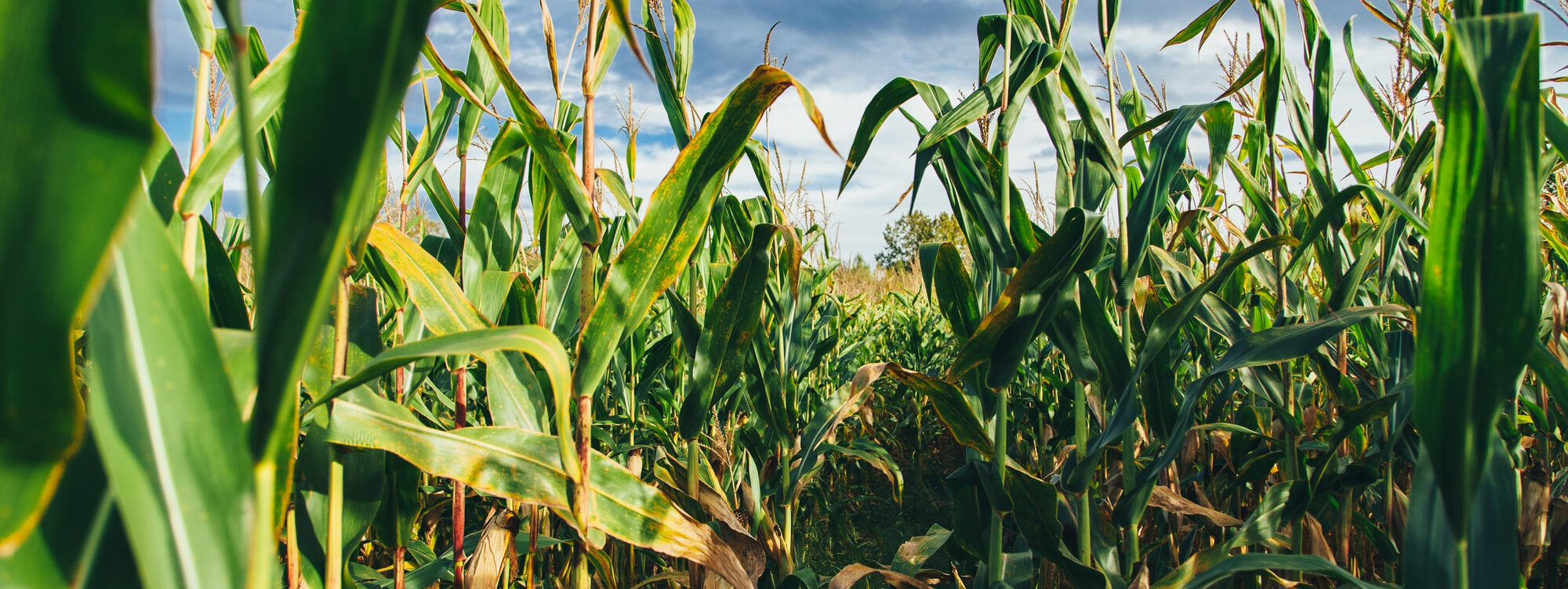Agroecology and digitalisation

We urgently need to change the way we produce and consume food. Indeed, our current food system relies heavily on external inputs (like fertilisers, pesticides, and fossil fuels), is responsible for high levels of greenhouse gas emissions, and is a driver of biodiversity loss as well as soil degradation. This has also been recognised by the European Commission. In May 2020, it published the Farm to Fork Strategy and the Biodiversity Strategy with the aim to accelerate the transition to a sustainable food system. In these two strategies, the significant role of agroecology was acknowledged. The Food and Agriculture Organization of the United Nations (FAO) defines agroecology as an integrated approach that applies ecological as well as social principles when designing and managing food and agricultural systems [6].
 The European Commission also emphasises the important contribution of the digitalisation of agriculture for food system transformation. Digital technologies can support farmers by working “more precisely, efficiently and sustainably” and thus have the potential to revolutionise agriculture according to the European Commission [7]. Agroecology, as well as digitalisation, have both been acknowledged as indispensable in meeting the objectives of the Farm to Fork Strategy. However, if digital tools are deployed in the food system as it is now, they will reinforce existing social and economic inequities. They may even accelerate the degradation of natural resources. Digital technologies depend on energy-intensive processes. Thus, energy consumption and energy sources have to be taken into account when assessing their impact. Furthermore, minerals are needed for digital tools, e.g. for the production of lithium batteries. Mining contributes to biodiversity loss, and carbon emissions and creates waste. The pollution of soils and water sources are the further negative effects of mining [2]. Another point to be considered is the processing of data. Big companies that offer digital solutions to farmers receive data from them for free. This data can then be upgraded, processed, and finally sold as commodities to land speculators, commodity traders, hedge funds or seed breeders [3].
The European Commission also emphasises the important contribution of the digitalisation of agriculture for food system transformation. Digital technologies can support farmers by working “more precisely, efficiently and sustainably” and thus have the potential to revolutionise agriculture according to the European Commission [7]. Agroecology, as well as digitalisation, have both been acknowledged as indispensable in meeting the objectives of the Farm to Fork Strategy. However, if digital tools are deployed in the food system as it is now, they will reinforce existing social and economic inequities. They may even accelerate the degradation of natural resources. Digital technologies depend on energy-intensive processes. Thus, energy consumption and energy sources have to be taken into account when assessing their impact. Furthermore, minerals are needed for digital tools, e.g. for the production of lithium batteries. Mining contributes to biodiversity loss, and carbon emissions and creates waste. The pollution of soils and water sources are the further negative effects of mining [2]. Another point to be considered is the processing of data. Big companies that offer digital solutions to farmers receive data from them for free. This data can then be upgraded, processed, and finally sold as commodities to land speculators, commodity traders, hedge funds or seed breeders [3].
Thus, the question arises if and under what conditions agroecology and digital technologies are compatible. Tisselli and Hilbeck (2022) [4] have used the FAO’s 10 elements of agroecology as a framework to formulate 10 principles of “ICT4AE” – ICT (information and communication tools) for Agroecology. Recycling is one example of the ICT4AE principles. Recycling means that devices need to be designed in such a way that they can be reused and repaired instead of being replaced. The lifespan and usefulness of tools need to be extended as long as possible. Another principle is responsible governance. ICT4AE initiatives should be complemented by corresponding governance provisions aiming at responsible, locally relevant and accountable usage of digital tools. A wide range of local actors, organisations and institutions should be integrated into this process. Co-creation and sharing of knowledge is a further principle of ICT4AE. Tools and technologies should combine top-down (scientist-to-farmer), bottom-up (farmer-to-scientist) and peer-to-peer (farmer-to-farmer) modes of communication. Farmers must be recognised as co-creators of knowledge instead of being clients of prepacked information coming from unknown sources.
The digital tool Ugunduzi [5] serves as a case example to demonstrate the benefits of agroecology-compatible digital technology. It is a smartphone app co-created with smallholder farmers in Tanzania. It aims to assist smallholder farmers in keeping records of crop performance over different years. This allows them to test new farming practices and accurately evaluate their benefits. Farmers design and manage the trials themselves which facilitates the uptake of new practices and technologies. The development of Ugunduzi proves that farmers can be co-designers of digital tools.
Agroecology and digitalisation can be compatible. However, all depend on the way digital technologies are integrated into food and farming systems.
The following articles have been the main sources:
IFOAM Organics Europe (2022): Agroecology and digitalisation. Traps and opportunities to transform the food system.
[1] Ajena F., Clément C. (2022): Agroecology and digitalisation: Opportunities and pitfalls for food system transformation.
[2] Tisselli E. (2022): The environmental impacts of ICT.
[3] Thomas J. (2022): The biodigital power grab: Data as industrial input and resource for the next agribusiness assault.
[4] Tisselli E., Hilbeck A. (2022): Agroecological principles applied to ICT. Agroecology & Digitalisation – Traps and opportunities to transform the food system.
[5] Tisselli E. (2022): Ugunduzi – A case example of the co-creation of an ICT application with smallholder farmers in Tanzania.
Further sources:
[6] FAO (2018): The 10 elements of agroecology. Guiding the transition to sustainable food and agricultural systems. The 10 elements of agroecology (fao.org)
[7] European Commission (2019): Digital transformation in agriculture and rural areas. factsheet-agri-digital-transformation_en.pdf (europa.eu)
